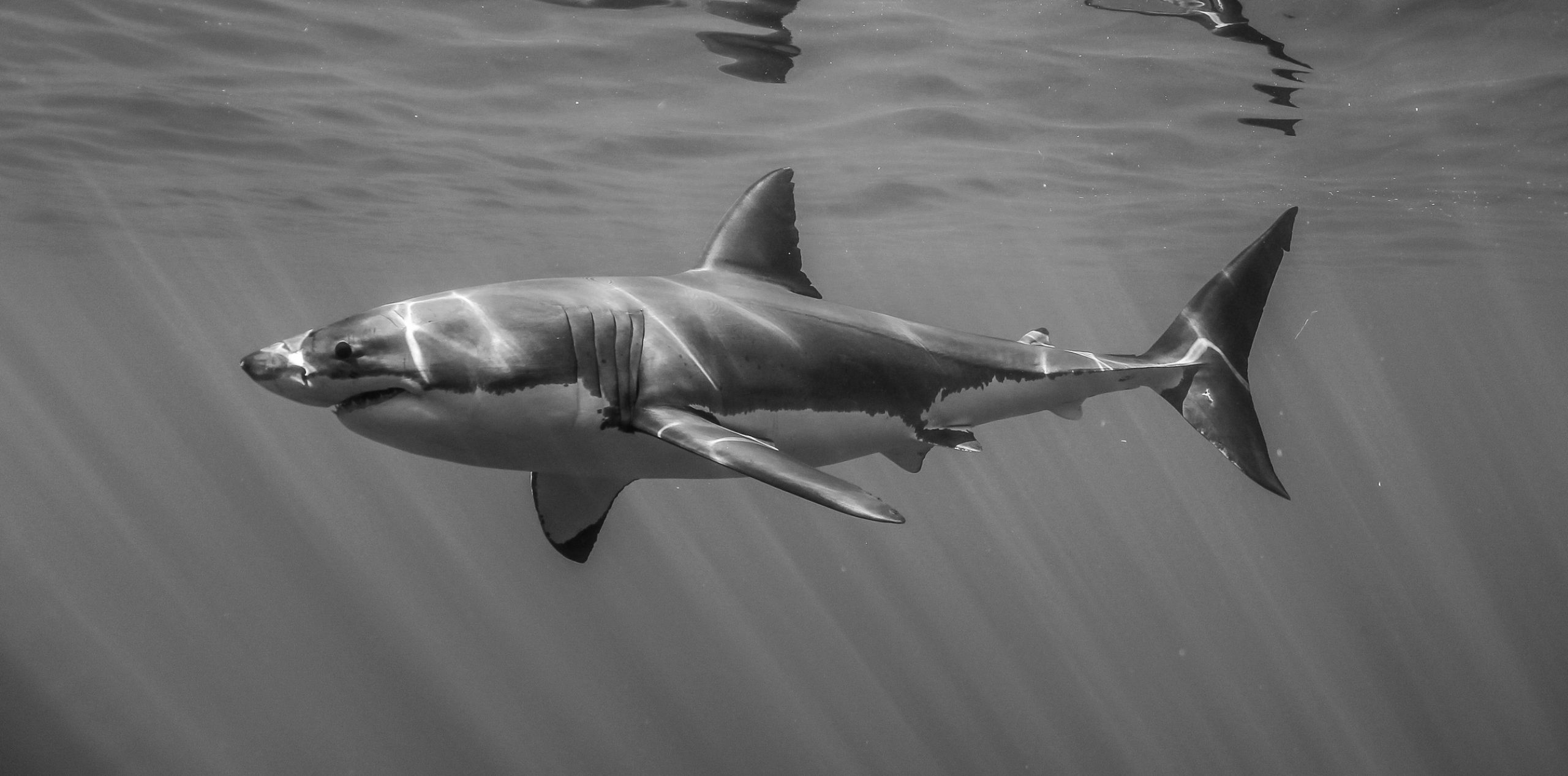Gill Envy; Subsurface Trip Report – Tenerife, October 2013.
Hit the following dive sites over 2 days; El Puertito, Abades Micro Marine Reserve, San Miguel Ray’s and Poris. On the Underwater Camera Hunt for Green Turtles & Stingrays, all of the diving was with Amarilla Diver’s Tenerife.
The Green Turtle – Chelonia mydas, is one of the largest sea turtles reaching 78-119 cm in shell length and weighing in at between 68-181 kg. They migrate long distances between feeding grounds and the beaches from where they hatched.
Green Turtles are classified as “Endangered” by the IUCN (International Union for the Conservation of Nature), numbers are depleted in a variety of ways; their eggs are over-harvested, adults are hunted and also caught as by-catch, as well as their natural habitat being destroyed….
The long-snouted seahorse inhabits shallow inshore water s (down to 12m), in seaweed and algal stands. Not much is known about the numbers of this specific species although the entire Hippocampus genus is listed in Appendix II of CITES (Convention In Trade of Endangered Species).
Stumpy here is so called because he has lost the majority of his tail in an unknown accident… this makes him pretty recognizable though at this spot! Favourite foods tend to be comprised of bottom dwelling crustacea, small fish and worms!
The common octopus is the most studied of all the octopus species, it can grow up to 25cm in mantle length and it’s tentacles can reach 1m! Off the North West Coast of Africa it is harvested on a large scale.. more than 20,000 tonnes are taken annually! Crabs, crayfish and bivalve mollusks are its preferred prey choice. it relies heavily on it’s superb camouflage ability
The common cuttlefish can reach 49cm in mantle length and can weigh in at 4kg. It preys on a variety of species including; fish, copepods, crustaceans, octopods, polychaetes and more! interestingly a study in 2008 showed that when cuttlefish embryo’s are visually exposed to a specific prey type e.g. crabs they will hunt primarily for that in later life








